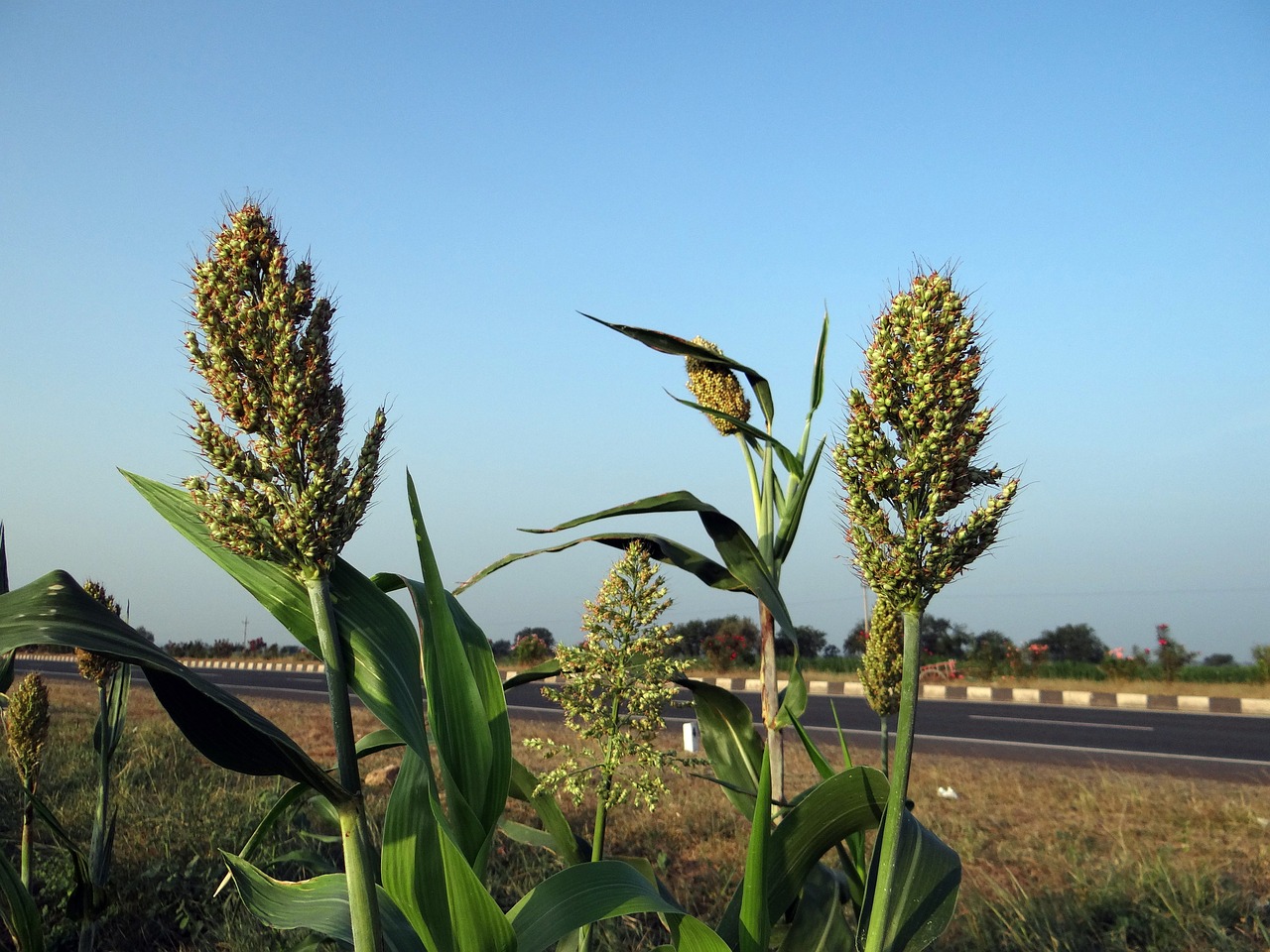Voter Turnout Among People with Disabilities: Addressing Accessibility Challenges
People with disabilities encounter numerous obstacles when trying to access voting locations, making it challenging for them to exercise their right to vote. Physical barriers such as steps, narrow doorways, and lack of accessible parking spaces can restrict their ability to enter polling stations independently. Additionally, inadequate signage or insufficient information about accessible entrances further complicates the process for individuals with disabilities.
Moreover, the lack of proper accommodations at voting locations, such as accessible voting booths or equipment for individuals with visual impairments, can hinder the voting experience for people with disabilities. Without these essential provisions, many individuals are left struggling to cast their ballots privately and securely, ultimately impeding their full participation in the democratic process.
Barriers to Voter Registration for People with Disabilities
Voter registration is a fundamental step in participating in the democratic process. However, individuals with disabilities often face significant barriers when it comes to registering to vote. One key obstacle is the lack of accessibility in voter registration materials and processes. Many registration forms are not available in accessible formats, such as braille or large print, making it difficult for those with visual impairments to complete the necessary paperwork.
Additionally, the physical locations where voter registration typically takes place may not be fully accessible to individuals with mobility impairments. This can pose a challenge for people who use wheelchairs or have difficulty navigating stairs or narrow doorways. Without adequate accommodations in place, individuals with disabilities may struggle to complete the registration process, leading to disenfranchisement and exclusion from the voting process.
Impact of Inaccessible Voting Technology on Voter Turnout
Voting technology plays a crucial role in ensuring that elections are accessible to all individuals, including those with disabilities. However, when this technology is not designed with accessibility in mind, it can present significant barriers to voter turnout. Inaccessible voting technology can prevent individuals with disabilities from casting their votes independently and privately, leading to disenfranchisement and reduced participation in the democratic process.
Moreover, the lack of accessible voting technology can perpetuate a cycle of exclusion for individuals with disabilities, limiting their ability to have their voices heard in elections. When individuals encounter barriers in accessing voting technology, they may be discouraged from participating in future elections, further diminishing voter turnout among this population. As a result, it is essential for election officials to prioritize the implementation of inclusive and accessible voting technology to ensure that all individuals, regardless of ability, can exercise their right to vote effectively.





